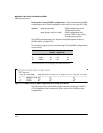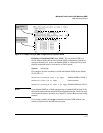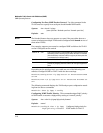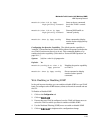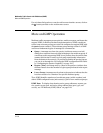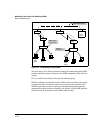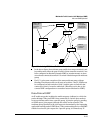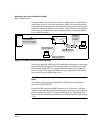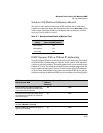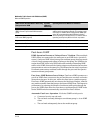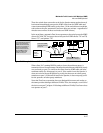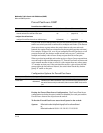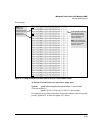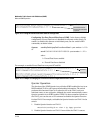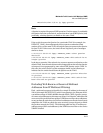
Multimedia Traffic Control with IP Multicast (IGMP)
More on IGMP Operation
multicast traffic it receives for that group through the port on which the join
request was received. To reduce unnecessary traffic, the networking device
does not forward a given group’s multicast packets to ports from which a join
request for that group has not been received. (If the switch or router has not
received any join requests for a given multicast group, it drops the traffic it
receives for that group.)
Video
Server
Series 5300XL Switch
Host “A1”
Outbound Multicast
Traffic from Video Server
for Group “A” on VLAN 3
Drop
Join Request
for group “A”
from Host A1
on VLAN 3
Host “A2”
Group “A” Multicast
Traffic for Host “A1”
No Join Request from
Host A2 on VLAN 3
No Group “A” Multicast
Traffic for Host “A2”
Forward
Figure 12-5. Example of Data-Driven IGMP Operation
Thus, after you enable IGMP on a VLAN configured in the switch, it continually
listens for IGMP messages and IP multicast traffic on all ports in the VLAN,
and forwards IGMP traffic for a given multicast address only through the
port(s) on that VLAN where an IGMP report (join request) for that address
was received from an IGMP client device.
Note
IP multicast traffic groups are identified by IP addresses in the range of
224.0.0.0 to 239.255.255.255.
Incoming IGMP packets intended for reserved, or “well-known” multicast
addresses automatically flood through all ports (except the port on which the
packets entered the switch). For more on this topic, see
“Excluding Well-
Known or Reserved Multicast Addresses from IP Multicast Filtering” on page
12-21.
12-14



